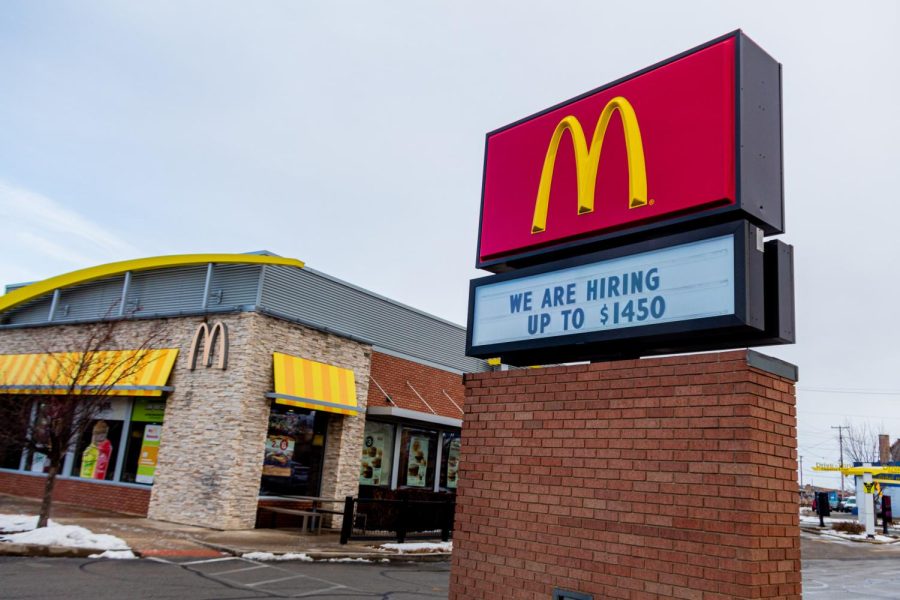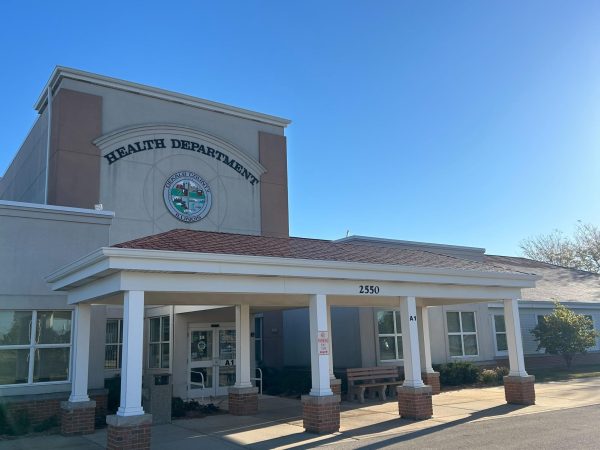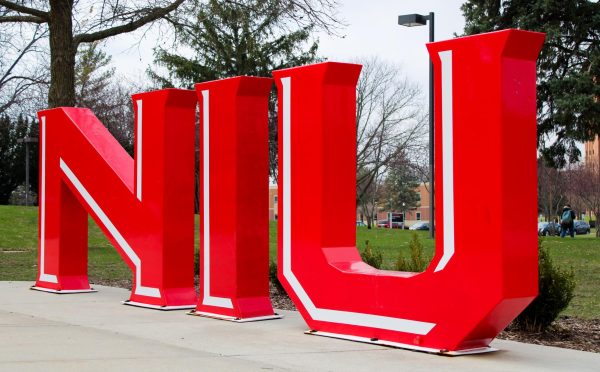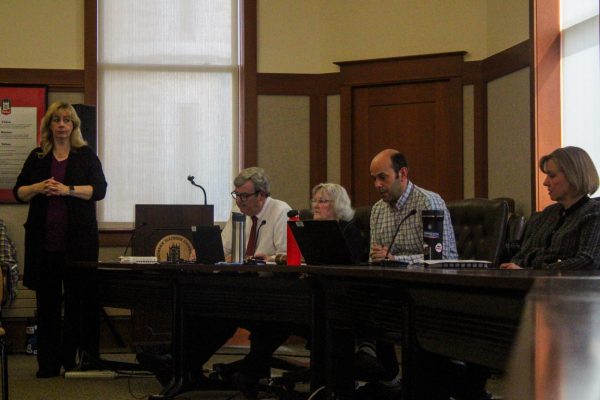DeKalb restaurants struggle finding employees amidst labor shortage
There is an increase of now hiring signs being posted in front of businesses.
Zulfiqar Ahmed
Downtown DeKalb McDonalds is now hiring. They posted that employees can make $14.50 to stand out from other employers.
DeKALB – While the COVID-19 pandemic was still a reality for Americans in 2021, some of the consequences of the pandemic have improved including a dramatic decrease in unemployment.
In April of 2020, unemployment was at 14.7% amidst a wave of businesses shutting down, downsizing and moving online. In December, unemployment was at 3.9%, according to the Bureau of Labor Statistics.
The job market is still rapidly changing with record amounts of people quitting their jobs or retiring. 4.5 million people quit their jobs in November, according to the Bureau of Labor Statistics, while over 50.3% of all Americans over 55 years old are now retired, according to Pew Research Center.
“The phenomenon is not as simple as it seems,” said Lan Li, a College of Business professor. “However, I think it’s a wake-up call for the whole society to re-evaluate the work of all front-line service workers. They provide essential service and expose health risks but receive low wages, few benefits and erratic schedules. As a society, are we willing to pay our front-line workers a living wage?”
While many industries are now thriving and have more than made up for the job losses of the past, just as many are facing a crisis of worker shortage on national and local levels. Tails Humane Society, 2250 Barber Greene Road, has been faced with a staff shortage and is now closed for walk-ins, with adoptions being conducted by appointment only, according to Tails Humane Society’s Facebook page.
Restaurants hit hard with labor shortage consequences
The food service industry has been hurt significantly. Everywhere Americans turn, they see the same two words on every restaurant’s sign: Now Hiring.
“There is absolutely a labor shortage in the restaurant industry.” CJ Finn, manager of Pizza Villa, said. “You could go pick any restaurant you would want to work and find a job.”
While restaurants have been hiring more in 2021, the overall numbers of workers are still well below what they were pre-pandemic with four out of five restaurants being understaffed, according to the National Restaurant Association.
“In total during 2021, eating and drinking places restored nearly 1.7 million jobs to payrolls,” according to a report from the National Restaurant Association. “While this was easily the largest calendar-year employment increase on record, it still left the industry roughly 650,000 jobs – or 5.3% – below pre-pandemic staffing levels,”
As a result of these job losses, there have been real consequences for the industry including slower service and restaurant chains like McDonald’s cutting their late-night hours, according to Insider.
“The labor shortage has definitely affected us as far as being able to have enough people to work,” Finn said. “It also makes it really hard for current workers to get days off because we barely have enough to cover each shift.”
The lack of workers in the food service industry has been attributed to trends throughout the industry, said Mahesh Subramony, a College of Business professor. Among these trends include a desire to seek out remote work, automation of frontline jobs and switching to jobs that are raising their wages.
Possible solutions for the food industry
But with workers leaving the industry, there are multiple ideas as to what restaurants can do to replenish their numbers. One idea that has been brought up is to do away with the concept of tipping, which allows restaurant owners to “fill the gap between a worker’s base pay and the standard wage as required by law,” Li said.
While tipping isn’t common in big fast-food chains like McDonald’s and Burger King, local restaurants are more likely to rely on it as part of their payment system.
“It is such a backward concept,” Li said. “Restaurant owners should price labor costs into their products. If every industry did that, the restaurant business should also be able to design a business plan around it to offer living wages to their staff.”
Some restaurants don’t use this system, including Pizza Villa, which allows customers to tip if they want as a form of extra payment on top of the worker’s minimum wage, Finn said.
“Local restaurants can normally offer a little more flexibility with scheduling than a big corporation,” Finn said. “We try our best to work with our employees on their availability.”
But to move forward and recoup job losses, the focus has to be on the workers, Li said. “As we always say, if you take care of your people, they will take care of you.”












